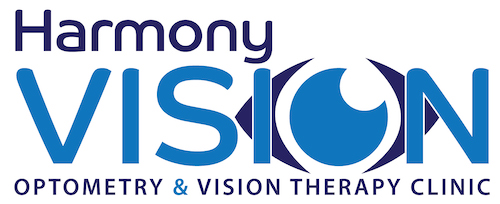Myopia Control – Slowing the Progression of Shortsight
More Young People are Becoming Nearsighted

The number of children and teenagers who become short-sighted is increasing with each generation. Myopia is the technical or medical name for shortsight or shortsighted-ness. It is also known as nearsight or nearsighted-ness. The main symptom is the loss of distance clarity that is then restored with glasses, contact lenses or laser surgery. But regular glasses, contact lenses and surgery do nothing to stop the condition getting worse.
We have over 20 years experience in myopia management in children. The refractive options for slowing down myopia progression include:
- orthokeratology – ortho-k overnight lenses.
- multifocal soft contact lenses – we offer MiSight, Natural Vue, SEED, and Mylo by Mark’ennovy.
- peripheral defocus spectacle lens technologies – this includes MiYoSmart, Stellest, Myopilux, Myopilux Max, MyoVision, MyoKids Pro and MyCon.

What is Myopia?
Everyone’s eyes continue to grow from birth. The growth slows by 9 years old and growth is nearly stopped on average in the late teenage years. Normal eye growth keeps all the different parts of the eyeball size and shape in balance with one another to maintain the average level of refraction (low levels of longsight is the average) and eyesight.
Myopia develops when the eyeball grow longer than normal and out of balance with the other parts of eyeball size and shape. This eventually results in blurred distance sight. Wearing regular glasses restores distance sight but doesn’t stop the abnormal eye growth, and so the myopia increases and stronger glasses are required.
Approximately 30% of adults in Australia have myopia, and it is predicted 50% of adults will have myopia by 2050. In modern Asian cities, the incidence of myopia in adults is already close to 90%.
What Causes Myopia?
 Increased living in urban environments and the increase in access to schooling, technology and indoor activity are considered to be the factors driving the increased numbers of people developing myopia.
Increased living in urban environments and the increase in access to schooling, technology and indoor activity are considered to be the factors driving the increased numbers of people developing myopia.
There are genetic factors that also influence myopia development. These include family history and ethnicity. Effectively, this means you risk of becoming myopic and experiences increases in your myopia, is higher if you have parents and/or siblings who also have myopia. People of East Asian background are also of increased risk of myopia development and increases in myopia.
What Can Be Done? – Distance glasses are not the answer.
- Get Outside – Increasing time spent outdoors, while reducing indoor activity, including taking more breaks from intense close work is recommended for delaying the onset of myopia, and might also assist with efforts to slow progression.
- Regular Eye Exams – while this doesn’t directly slow myopia, having your eyes examined regularly, especially if you have a family history of myopia is recommended to catch myopia early.
- Ortho-K, Myopia Control Soft Contacts, Bifocals – there is increasing evidence that there certain optical based corrections that have been shown to slow the increase in myopia. A child or teenager needs to be assessed and found to be suitable for the treatment and there will be individual responses to these treatments.
How Can Harmony Vision Help?
We have been managing myopia for many years, and in particular the methods to attempt to slow progress. Harmony Vision was the first practice on the Gold Coast and Tweed areas to introduce Ortho-K and was one of the first practices nation-wide to be ask to participate in the early trials of myopia control soft contacts lenses (MiSight by Cooper Vision).
We are very experienced with all forms of contact lens fitting. Our practice has a large range of Ortho-K and soft contact lenses available. Children of all ages are catered for with both our experience, equipment and technology.
If you are concerned about your child’s myopia development and want to know more, please contact us here.
